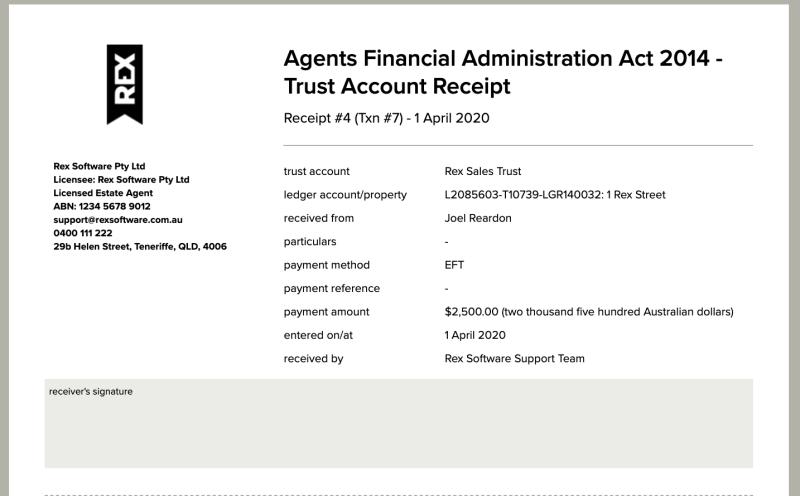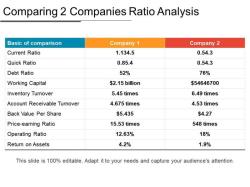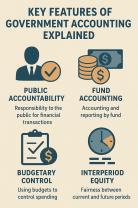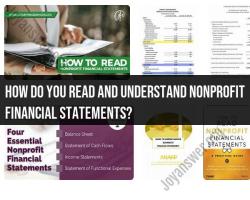Are trust funds available receipts in the Treasury system?
Trust funds and Treasury receipts are distinct concepts in the U.S. Treasury system, and they serve different purposes.
Trust Funds:Trust funds are specific accounts used by the U.S. government to account for and manage certain types of funds or revenues. These funds are established to earmark money for particular purposes, such as Social Security, Medicare, and highway construction. Trust funds are separate from the general funds of the U.S. Treasury and are often dedicated to specific programs or obligations. They are created by law and are used to ensure that revenues collected for particular purposes are reserved for those purposes.
Treasury Receipts:Treasury receipts, on the other hand, refer to various types of documentation that show the government's receipt of funds. They can include checks, electronic transfers, cash payments, and other forms of payment. Treasury receipts are used to document the inflow of funds into the U.S. Treasury and may encompass a wide range of government revenues, not just those deposited into trust funds.
In summary, trust funds are specific accounts set up to manage and account for revenues dedicated to particular programs, while Treasury receipts are the documentation that tracks the receipt of funds into the U.S. Treasury. Trust fund receipts, such as Social Security payroll taxes, are a subset of all Treasury receipts, and they represent funds specifically set aside for programs or obligations associated with those trust funds.
Trust Funds as Available Receipts in the Treasury System
Trust funds are a special type of fund in the Treasury System that are established to finance specific programs or activities. Trust funds are different from other types of funds in that they are not subject to the annual appropriations process. This means that the money in a trust fund can be spent without further action by Congress.
There are two types of trust funds: revolving and non-revolving. Revolving trust funds are allowed to spend their receipts and then collect new receipts to replenish the fund. Non-revolving trust funds are only allowed to spend their receipts once.
Available receipts are trust fund receipts that are immediately available for obligation. This means that the agency that manages the trust fund can start spending the money as soon as it is collected. Unavailable receipts are trust fund receipts that are not immediately available for obligation. This means that the agency must wait for further action by Congress before it can spend the money.
Treasury System and the Status of Trust Funds
The Treasury System is the accounting system used by the U.S. government to track its finances. The Treasury System tracks all of the government's receipts and expenditures, including those from trust funds.
Trust funds are a major source of revenue for the U.S. government. In 2020, trust funds accounted for about 25% of all federal revenue. The largest trust funds are the Social Security Trust Fund, the Medicare Trust Fund, and the Highway Trust Fund.
The Treasury System is responsible for ensuring that trust funds are used properly. The Treasury System does this by tracking the receipts and expenditures of trust funds and by making sure that agencies are spending the money in accordance with the law.
The Treatment of Trust Funds in the Treasury System
Trust funds are treated differently from other types of funds in the Treasury System. For example, trust funds are not subject to the same budget constraints as other funds. This means that agencies can spend the money in trust funds more freely than they can spend the money in other funds.
Trust funds are also subject to different accounting rules than other funds. For example, trust funds must be reported on the government's balance sheet. This means that the government must disclose the value of its trust funds to the public.
The different treatment of trust funds in the Treasury System reflects the special nature of these funds. Trust funds are designed to finance specific programs or activities, and the government has a responsibility to ensure that these funds are used properly.
Explanation of key terms
- Trust fund: A special type of fund in the Treasury System that is established to finance specific programs or activities.
- Available receipts: Trust fund receipts that are immediately available for obligation.
- Unavailable receipts: Trust fund receipts that are not immediately available for obligation.
- Treasury System: The accounting system used by the U.S. government to track its finances.
- Receipts: Money that is collected by the government.
- Expenditures: Money that is spent by the government.
- Appropriations process: The process by which Congress allocates money to the government.
- Balance sheet: A financial statement that summarizes a company's assets, liabilities, and equity.
Conclusion
Trust funds are a major source of revenue for the U.S. government. They are treated differently from other types of funds in the Treasury System, and they are subject to different accounting rules. The different treatment of trust funds reflects the special nature of these funds, which are designed to finance specific programs or activities.













